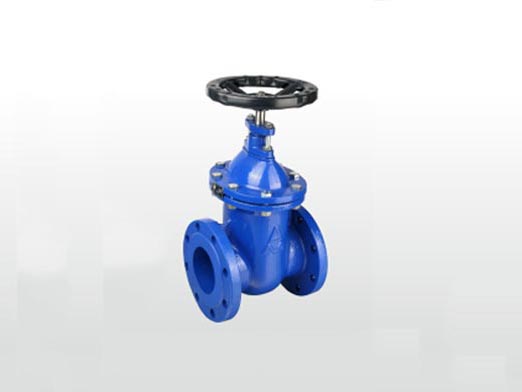Valve corrosion is the main cause of valve failure, and chemical corrosion and electrochemical corrosion are two forms of valve corrosion. The corrosion rate of the valve depends on the temperature, pressure and chemical properties of the valve flow channel stop valve. Once the valve seal corrodes, it needs to be repaired or replaced. The corrosion of the valve cannot be completely eliminated. We can do the corrosion treatment through technical means to effectively reduce the corrosion of the valve. First, understand the corrosion rate, which is the thickness of the valve body material consumed per unit time. The corrosion rate can be used to determine the service life of the valve, whether there is excessive corrosion of the valve, and whether the valve selection and use have problems.

1. Complete corrosion resistance: The corrosion rate is less than 0.001 mm/year.
2. Extreme corrosion resistance: The corrosion rate is 0.001 to 0.01 mm/year.
3. Corrosion resistance: The corrosion rate is 0.01 to 0.1 mm/year.
4. Corrosion resistance: The corrosion rate is 0.1 to 1.0 mm/year.
5. Poor corrosion resistance: The corrosion rate is 1.0 to 10 mm/year.
6. Non-corrosion resistance: The corrosion rate is greater than 10 mm/year.
What are the measures to prevent corrosion during valve manufacturing and design?
1. The first is the selection of materials. This is the most important factor in preventing valve corrosion. Usually, cast steel valves are used for water, oil, and gas. If corrosive media such as acid and alkali are used, stainless steel should be selected. Generally, the temperature is controlled below 200 degrees. The stainless steel will produce a passivation film in the medium to prevent further corrosion. If the corrosive medium is very high, the use temperature is very high, so the super corrosion-resistant alloy material should be selected. The medium is reducing, choose stainless steel material containing Mo; the medium is oxidizing, choose stainless steel material containing Cr.
2. Surface coating Paint coating the valve surface is also a common anti-corrosion method. Spraying epoxy resin paint on the surface of the elastic seat sealing gate valve is such a treatment method.
3. The lining material is used to isolate the medium from the flow path of the valve body. The lining material includes engineering plastic, natural rubber and various synthetic rubbers. Generally, it can only be used in lower pressure and lower working temperature.
4. Chrome plating, nickel plating and copper plating on the surface of the electroplated valve surface can also effectively achieve the effect of preventing corrosion.

